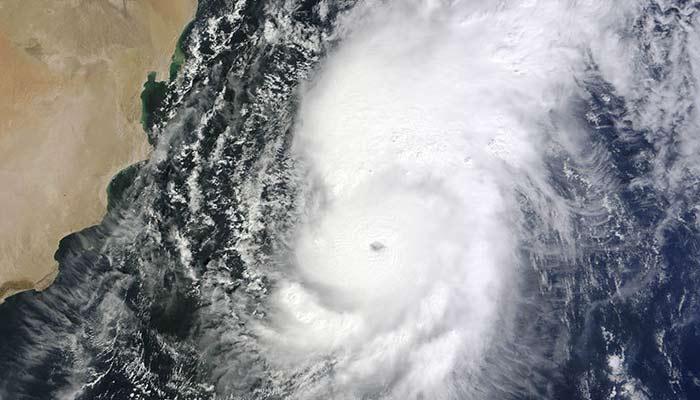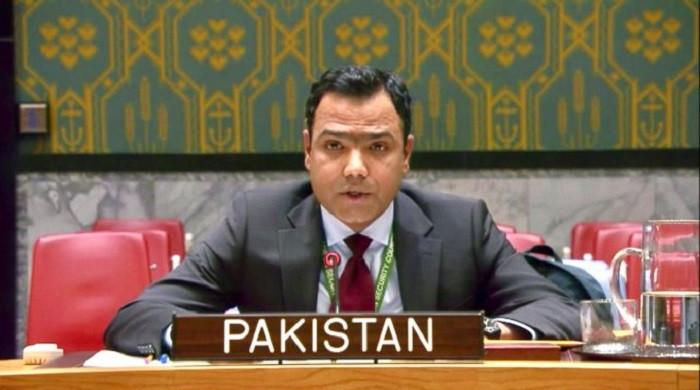Possible storm in Arabian Sea likely to hit Pakistan's coastal areas
NDMA body issues alert on developing low-pressure system having potential to transform into a tropical storm
October 08, 2024

- NDMA predicts storm could hit country in third week of October.
- "Low-pressure system may evolve into full-fledged tropical cyclone."
- Citizens, stakeholders advised to stay informed of situation updates.
ISLAMABAD: The National Disaster Management Authority's (NDMA) Emergencies Operation Centre (NEOC) on Tuesday issued an early alert regarding a developing low-pressure system in the Arabian Sea, which has the potential to transform into a tropical storm.
As per the statement, the possible storm is currently positioned near the Lakshadweep Valley in India and may hit coastal areas of the country in the third week of October, as it is expected to move northwestward.
"Early forecasts suggest the possibility of landfall along the Pakistani coastline in the third week of October 2024, depending on its trajectory and intensity," the disaster management authority stated.
Moreover, there is a chance that this low-pressure system may evolve into a full-fledged tropical cyclone, with the potential to affect the coastal areas of the country.
Following the NDMA body’s warning, Chief Meteorologist Sardar Sarfaraz said that the cyclone has not formed yet.
“Low air pressure may develop in the southeast of the Arabian Sea by October 9 or 10,” Sarfaraz said.
As per the weatherman, southeastern part of the Arabian Sea is close to the southern coast of India.
“The lower air pressure can intensify if favourable weather conditions are met,” Sarfaraz said. He, however, added that it is too early to say if the cyclone will hit Pakistan's coastline.
Sarfaraz further stated that the possible track of the potential storm can be clearly determined only after its transformation into cyclone.
“Most of the post-monsoon cyclones usually head towards Oman,” he said, adding that it may take five to six days for this weather system to intensify.
Citizens and stakeholders, particularly those residing in coastal regions, are advised to stay informed of official updates and advisories as the situation evolves.
The NDMA further stated that it, in collaboration with relevant departments, is continuously monitoring the situation to provide timely updates and issue further advisories as needed.
It may be noted that Karachi and other coastal areas parts of the country experienced intermittent rains under the influence of cyclonic storm — Asna — which developed in the Arabian Sea during the end of August.









